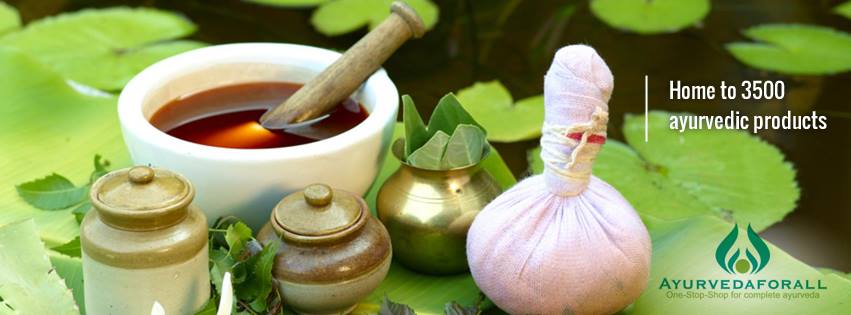Cirrhosis is a progressive liver disease characterized by the replacement of healthy liver tissue with scar tissue. It develops over time as a result of chronic liver inflammation and damage, leading to impaired liver function. The most common causes of cirrhosis include chronic hepatitis B or C infection, excessive alcohol consumption, non-alcoholic fatty liver disease (NAFLD), and autoimmune hepatitis. As cirrhosis progresses, it can cause a variety of symptoms, including fatigue, weight loss, jaundice, fluid retention in the abdomen (ascites), and mental confusion (hepatic encephalopathy).
Fungal infections are caused by a fungus known as Tinea pedis, which can affect various parts of the body, including the head, face, legs, and feet. Symptoms of a fungal infection include skin rashes, scaly patches, boils, and itchiness. Dark-complexioned individuals tend to develop more brown-colored patches, while fair-complexioned individuals tend to develop red-colored patches. Hot body temperature, exposure to moist climate, excessive sweating, diabetes, being overweight, and taking immunosuppressants are some of the factors that increase the risk of getting infected with a fungal infection.
Bibhitaki (Terminalia bellirica): Bibhitaki is known for its rejuvenating and cleansing properties. It helps regulate the digestive system, reduces intestinal inflammation, and promotes the elimination of toxins. Bibhitaki also supports the healthy functioning of the colon and helps maintain a healthy gut flora balance. By addressing digestive issues, Bibhitaki contributes to overall improved digestion and nutrient absorption.
Ayurvedic medicine uk
